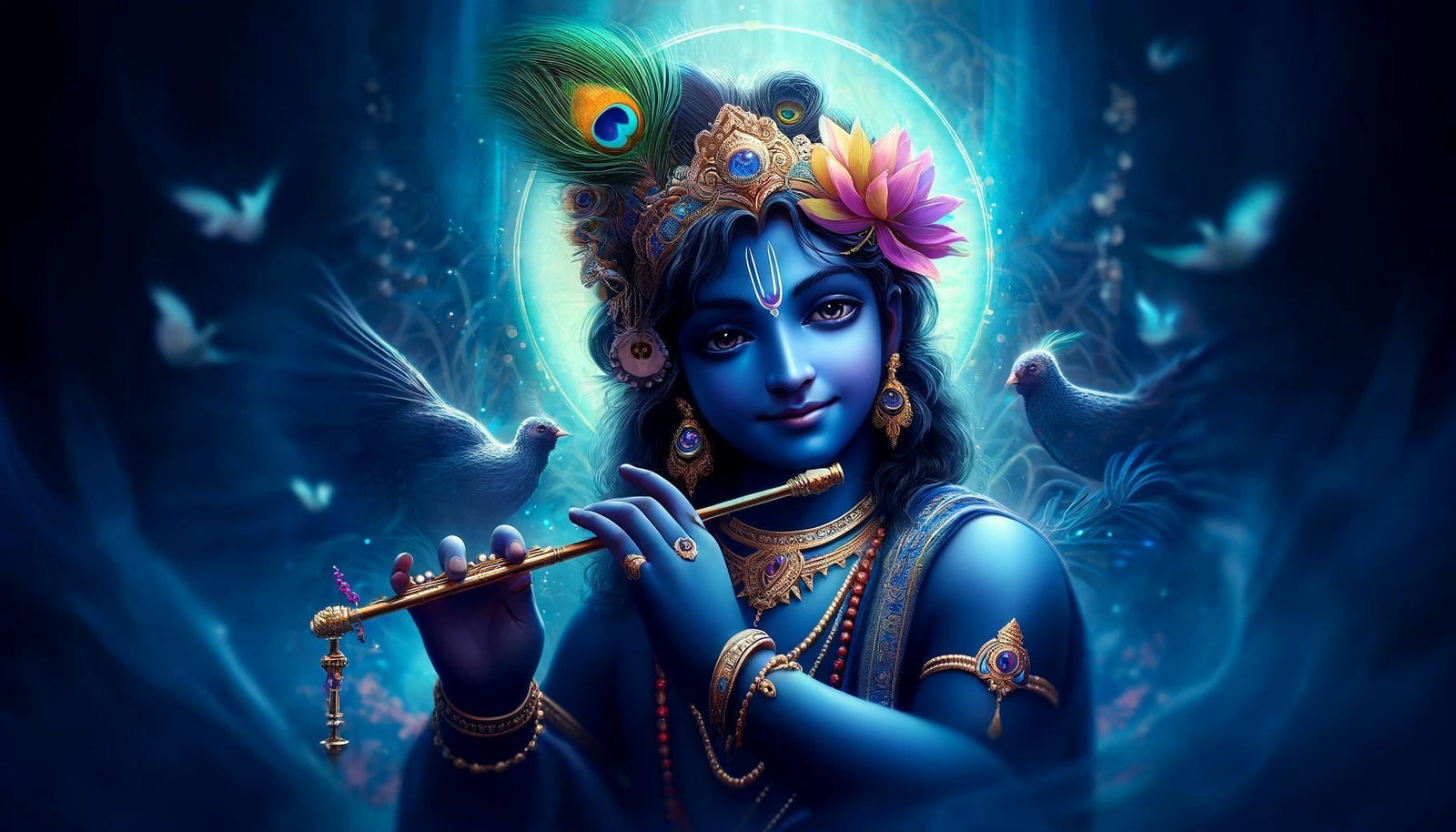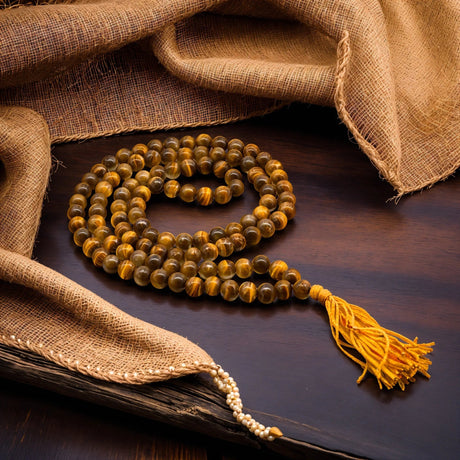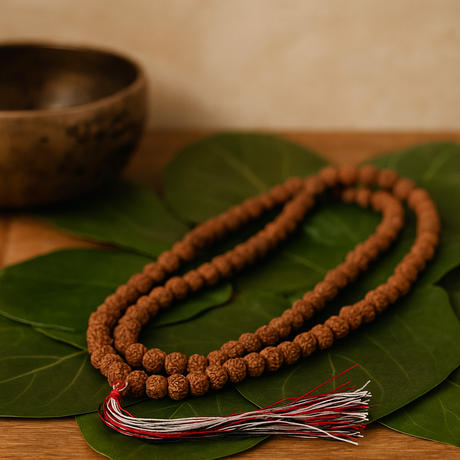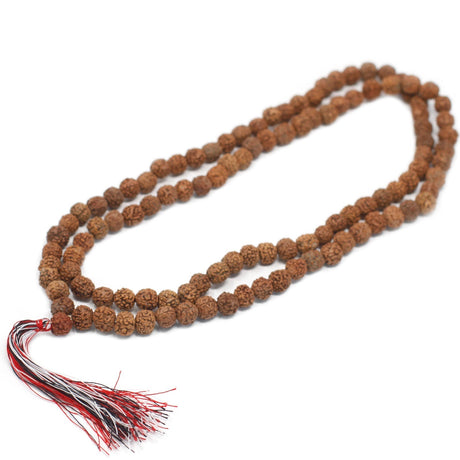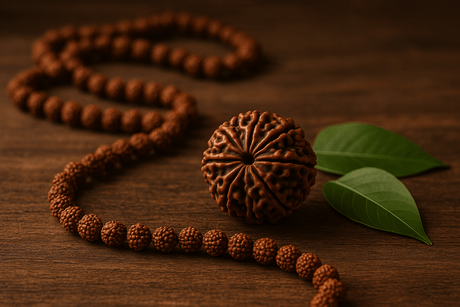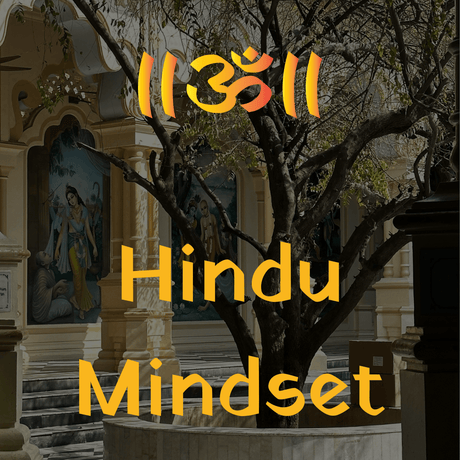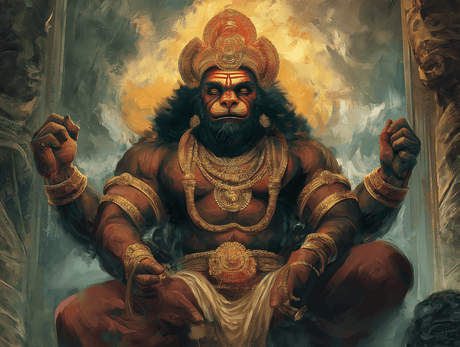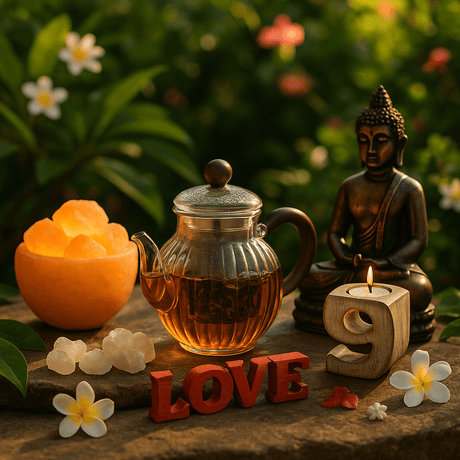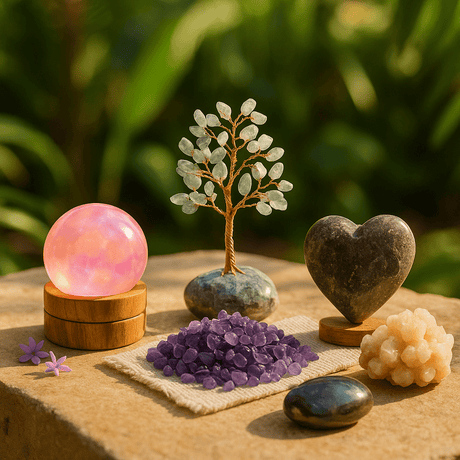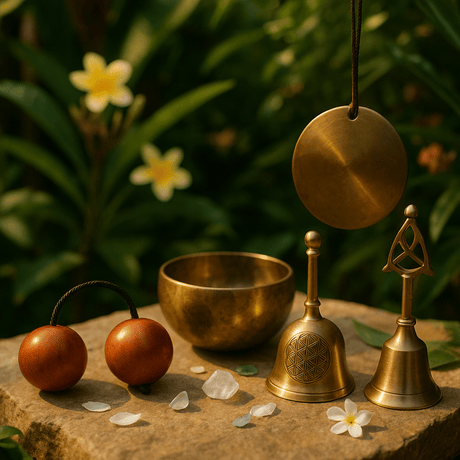🦚 Who is Krishna?
Krishna, a name synonymous with love, compassion, and divine power, is a multifaceted deity who occupies a central place in the Hindu pantheon. He is revered as the eighth avatar, or incarnation, of Vishnu, the preserver god in the Hindu trinity. But Krishna's significance extends far beyond this title. For many Hindus, he is worshipped as a supreme God in his own right, embodying the ultimate reality and source of all creation.
Krishna's character is an enchanting tapestry woven with seemingly contrasting threads. He is a playful child, a mischievous prankster, a valiant warrior, a wise counselor, and a captivating lover. His charm and compassion are legendary, as is his unwavering role as a protector of the righteous. The Bhagavad Gita, a sacred scripture embedded within the epic Mahabharata, features Krishna as the divine charioteer and counselor to the warrior Arjuna. Through their profound dialogue, Krishna imparts timeless wisdom on duty, devotion, and the path to self-realization. Krishna's influence permeates not just the Bhagavad Gita and Mahabharata, but numerous other Hindu scriptures, solidifying his position as a central figure in Hindu mythology and philosophy.
🕊️ The Symbolism of Krishna's Appearance
Krishna's form is as captivating as his character. Unlike most Hindu deities, he is depicted with dark blue skin. This hue, far from literal, is symbolic of the infinite and the immeasurable. It signifies the vastness of the divine and Krishna's all-encompassing presence. Atop his head, a vibrant peacock feather adds a touch of regality. The peacock, with its magnificent display of colors, represents beauty, knowledge, and pride. However, the single feather Krishna wears signifies his ability to conquer pride and channel its energy for enlightenment.
But perhaps Krishna's most iconic feature is his flute. This seemingly simple instrument is imbued with profound meaning. The flute's melodious tunes represent the divine song of creation, the very sound that breathes life into the universe. It also symbolizes the power of love and its ability to charm and captivate all beings.
🦚 The Significance of Krishna
Krishna's significance in Hinduism transcends his divine form. Hindus revere him for countless reasons, each facet of his life offering profound lessons and inspiration.
A Playful Childhood and Miraculous Deeds. Stories of Krishna's childhood in Vrindavan are cherished by devotees. His playful pranks, like stealing butter from unsuspecting gopis (milkmaids), and his miraculous feats, like lifting an entire mountain on his little finger, showcase his divine nature even in his early years. These stories highlight Krishna's accessibility and his ability to bring joy and wonder into everyday life.
The Divine Charioteer and the Bhagavad Gita. Krishna's role in the Mahabharata, the epic tale of war and duty, is central to his significance. As the charioteer of the warrior Arjuna, Krishna delivers the Bhagavad Gita, a timeless discourse on dharma (righteous duty), karma (action and its consequences), and the path to liberation. This divine wisdom continues to guide Hindus in navigating the complexities of life.
The embodiment of Love and Devotion. Krishna's relationship with the gopis of Vrindavan exemplifies the power of pure love and devotion. His enchanting flute music is said to call out to the yearning in their hearts, symbolizing the yearning of the soul for the divine. This theme of love and devotion transcends romantic love, encompassing a deep and selfless connection with the divine.
Beyond these stories, Krishna is worshipped for:
His role as a protector. He is seen as a defender of the righteous and a vanquisher of evil forces.
His embodiment of wisdom. His teachings in the Bhagavad Gita offer guidance on living a meaningful and purposeful life.
His accessibility. Unlike some deities, Krishna is seen as approachable and compassionate, offering solace and hope to his devotees.

🕊️ Krishna and his Many Names
The name «Krishna» itself holds profound meaning. It originates from the Sanskrit word «kṛṣṇa», which primarily means «black», «dark», or «dark blue». Unlike a literal interpretation of skin tone, Krishna's dark blue hue symbolizes the infinite and the immeasurable. It signifies the vastness of the divine and Krishna's all-encompassing presence.
However, Krishna is not confined to just one name. Throughout Hindu scriptures and traditions, he is revered by a multitude of names, each one revealing a unique facet of his multifaceted nature. Here are a few examples:
-
Govinda. This name translates to "protector of cows" or "one who pleases cows." It reflects Krishna's association with his cowherd days in Vrindavan and his gentle, nurturing nature.
-
Murli Manohar. Meaning "enchanter with the flute," this name highlights Krishna's captivating music and its power to charm and draw devotees closer to him. The flute symbolizes the divine song of creation and the call of the divine to the human soul.
-
Kanha. This endearing term is a colloquial term for "Krishna," often used with love and affection. It signifies his playful and childlike nature, particularly during his childhood in Vrindavan.
🦚 Krishna's Various Forms
Lord Krishna isn't just a single deity; he is a multifaceted being who manifests in diverse forms, each reflecting a unique aspect of his divine nature. These forms, known as avatars, play a significant role in Hindu mythology and devotional practices.
-
Bal Krishna — The Enchanting Child
This beloved form depicts Krishna during his childhood in Vrindavan. Imagine a playful toddler, crawling, stealing butter, and captivating everyone with his mischievous charm. Bal Krishna embodies innocence, divine love, and the carefree joy of being.
-
Govardhan Krishna — The Protector
Remember the story of Krishna lifting a mountain on his little finger? This form, Govardhan Krishna, represents his power and unwavering protection. He shields the people of Vrindavan from Indra's wrath, symbolizing his role as a defender of the righteous.
-
Gopala Krishna — The Divine Musician
Picture a young cowherd boy, his enchanting flute melodies filling the air. Gopala Krishna represents the power of love and devotion. His music is said to call out to the yearning in the hearts of devotees, symbolizing the soul's connection with the divine.
-
Dwarkadhish Krishna — The Kingly Majesty
Krishna wasn't just a playful shepherd; he was also a wise and just ruler. Dwarkadhish Krishna portrays him as the king of Dwaraka, a prosperous kingdom. This form highlights his leadership qualities, administrative prowess, and ability to guide his people towards peace and prosperity.
-
Beyond Incarnations — The Supreme Source
Krishna's manifestations extend beyond specific avatars. Vasudeva Krishna embodies the ultimate source of all creation, the essence of divinity itself. He represents the limitless power and boundless potential that underlies the universe.
-
The Eternal Connection — Krishna and Vishnu
Lord Krishna is considered an incarnation of Lord Vishnu, the preserver god in the Hindu trinity. Some even view Krishna as the complete manifestation of Vishnu himself. This connection emphasizes the cyclical nature of creation and preservation, with Krishna embodying the divine force that upholds the cosmic order.

🕊️ Krishna's Wisdom: Dharma, Bhakti, and Karma
Krishna's legacy extends beyond captivating stories. He's revered as a teacher, offering wisdom in the Bhagavad Gita. Through his dialogue with Arjuna, Krishna illuminates three central pillars of Hindu philosophy: dharma, bhakti, and karma.
-
Dharma — The Path of Righteous Duty
Dharma, loosely translated as "righteous duty", is about fulfilling one's obligations and upholding justice. In the Bhagavad Gita, Krishna emphasizes acting according to your dharma, without getting attached to the outcome. This guides ethical living and navigating duty's complexities.
-
Bhakti — The Power of Devotion
Bhakti, meaning "devotion," signifies a path to the divine through love and surrender. The Bhagavad Gita highlights the transformative power of cultivating pure devotion, not for material gain, but for love itself. Krishna's teachings on bhakti inspire devotees to cultivate a deep and unconditional love for the divine.
-
Karma — The Law of Action and Consequence
Karma refers to the law of cause and effect. Every action has a corresponding reaction. The Bhagavad Gita emphasizes acting selflessly, without being motivated by the fruits of one's labor. By performing actions without attachment, one can break free from the cycle of karma and achieve liberation. Krishna's teachings on karma offer a framework for ethical action and liberation, leading to inner peace and freedom.
These concepts are not isolated; they are interwoven. Performing your dharma with bhakti and without attachment to karma is the path to true liberation. Krishna's teachings in the Bhagavad Gita offer a timeless roadmap for living a meaningful and purposeful life.
🦚 Krishna's Global Resonance
Krishna's captivating presence extends far beyond the borders of India. His stories, teachings, and imagery have resonated with devotees worldwide, inspiring artistic expressions and spiritual practices across diverse cultures.
-
Dance. Krishna's association with dance is particularly vibrant. In India, classical dance forms like Odissi and Manipuri vividly portray his playful childhood and the captivating dance with the gopis (milkmaids) known as Rasa Leela. Southeast Asian dance traditions like Wayang Wong from Indonesia also depict scenes from Krishna's life.
-
Music. Krishna's enchanting flute music transcends cultures. From devotional hymns sung in India to Carnatic music concerts featuring the flute, his melodies inspire and evoke feelings of love and devotion.
-
Visual Arts. Paintings, sculptures, and murals depicting Krishna adorn temples and homes worldwide. From the vibrant colors of the Rajput School of paintings in India to Southeast Asian bronze sculptures, his image serves as a focal point for meditation and prayer.

🦚 Festivals of Joy
Krishna's life and teachings are celebrated in numerous Hindu festivals throughout the year.
1. Janmashtami: The Glorious Arrival of Krishna
- Significance. Janmashtami marks the birth of Lord Krishna, typically falling in August or September. It's a joyous occasion celebrated by Hindus worldwide.
- Celebrations. Devotees prepare elaborate fasts, abstaining from grains for a specific period. Temples are decorated, and devotional hymns (bhajans and kirtans) fill the air. The highlight is the reenactment of Krishna's birth, often with a crib scene depicting baby Krishna surrounded by his overjoyed parents, Devaki and Vasudeva.
- Meaning. Janmashtami celebrates the arrival of the divine protector and embodiment of love. Devotees express their gratitude and seek Krishna's blessings for a happy and fulfilling life.
2. Holi: The Playful Festival of Colors
- Significance. Holi, also known as the "Festival of Colors," is a vibrant celebration that signifies the triumph of good over evil. It loosely coincides with spring and typically falls in February or March. While some connect Holi to the playful act of Krishna throwing colored powder on the gopis, the festival also has mythological roots in the story of the demon king Hiranyakashyapu and his righteous Prahlad.
- Celebrations. This energetic festival is a riot of colors! People drench each other in colored powder (gulal) and water guns, creating a joyous and playful atmosphere. Singing, dancing, and exchanging sweets are also common traditions.
- Meaning. Holi symbolizes the victory of good over evil, the shedding of inhibitions, and the importance of community. The playful act of throwing colors reflects Krishna's love and the joy of life.
3. Rasa Leela: The Mystical Dance of Divine Love
- Significance. Rasa Leela, celebrated during the full moon of Shraavana (typically in August or September), is a unique festival that reenacts Krishna's mystical dance with the gopis. It's a symbolic representation of the divine love between the soul (gopis) and the supreme being (Krishna).
- Celebrations. Depending on the region, Rasa Leela celebrations can vary. Some involve dramatic enactments with elaborate costumes and choreography, while others focus on devotional singing and chanting.
- Meaning. Rasa Leela transcends a literal dance; it symbolizes the eternal yearning of the soul for connection with the divine. The circular dance represents the cyclical nature of life and the all-encompassing embrace of the divine.

🕊️ Conclusion
Krishna, the multifaceted god of love, wisdom, and play, transcends cultures and time. His stories inspire devotion, his teachings guide us on the path of duty and self-realization, and his diverse forms offer a personal connection for every seeker. Explore the depth of Krishna's wisdom and immerse yourself in his captivating world through our collection of books, music, and art. Let Krishna's light illuminate your journey.
